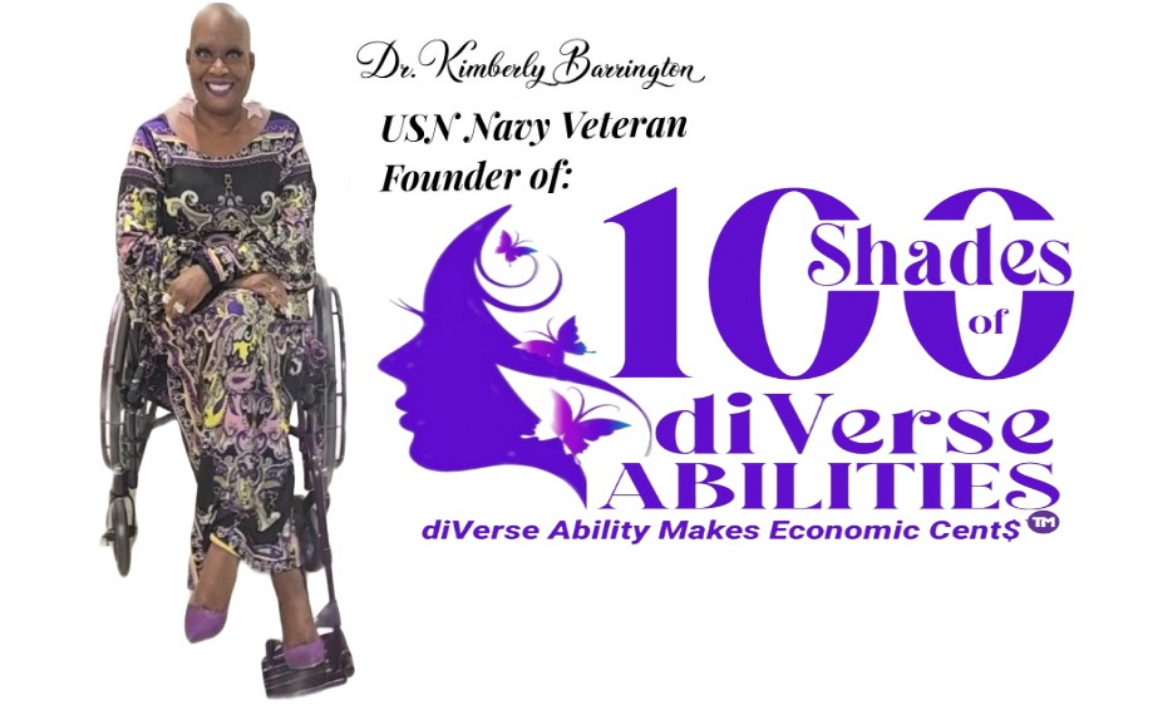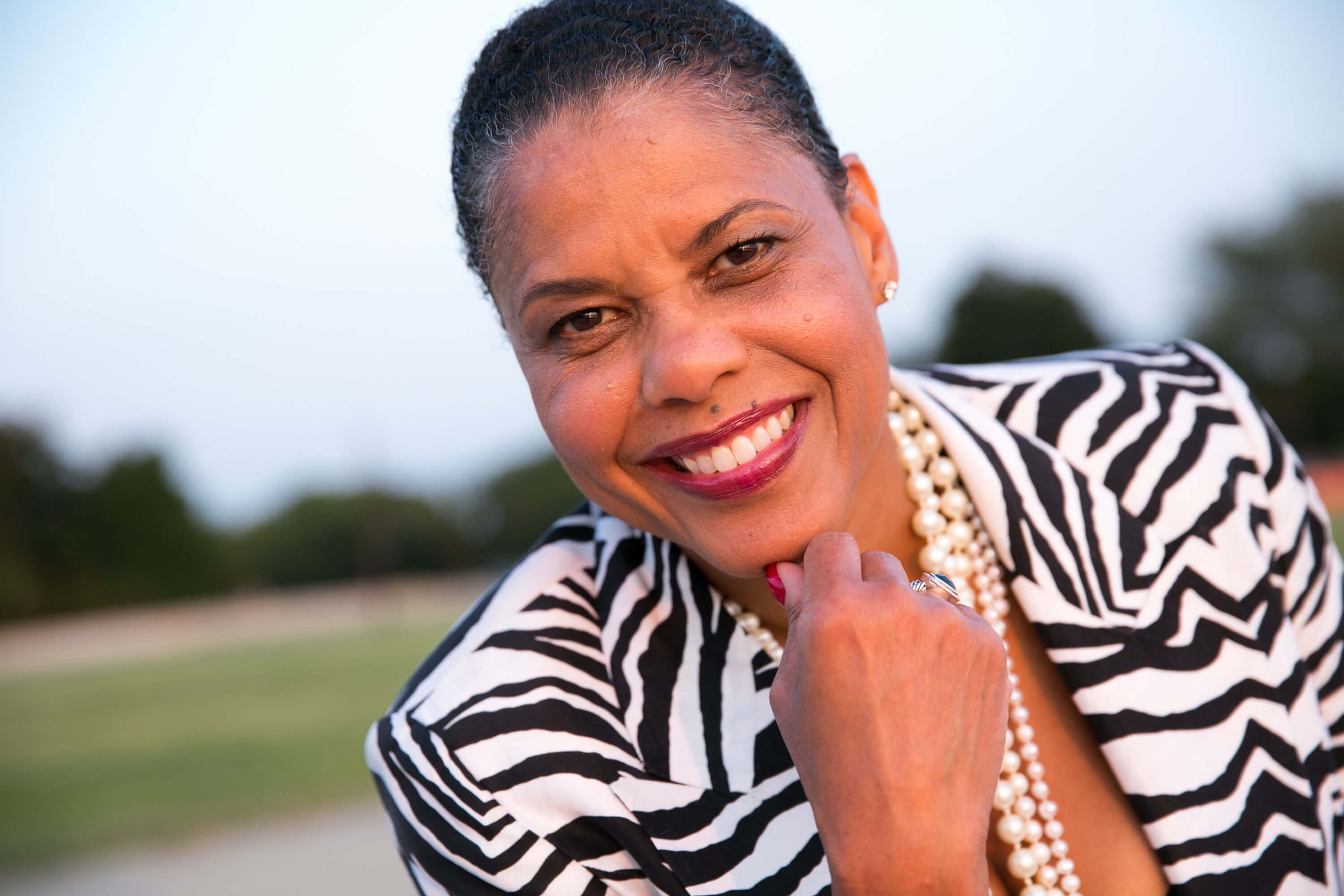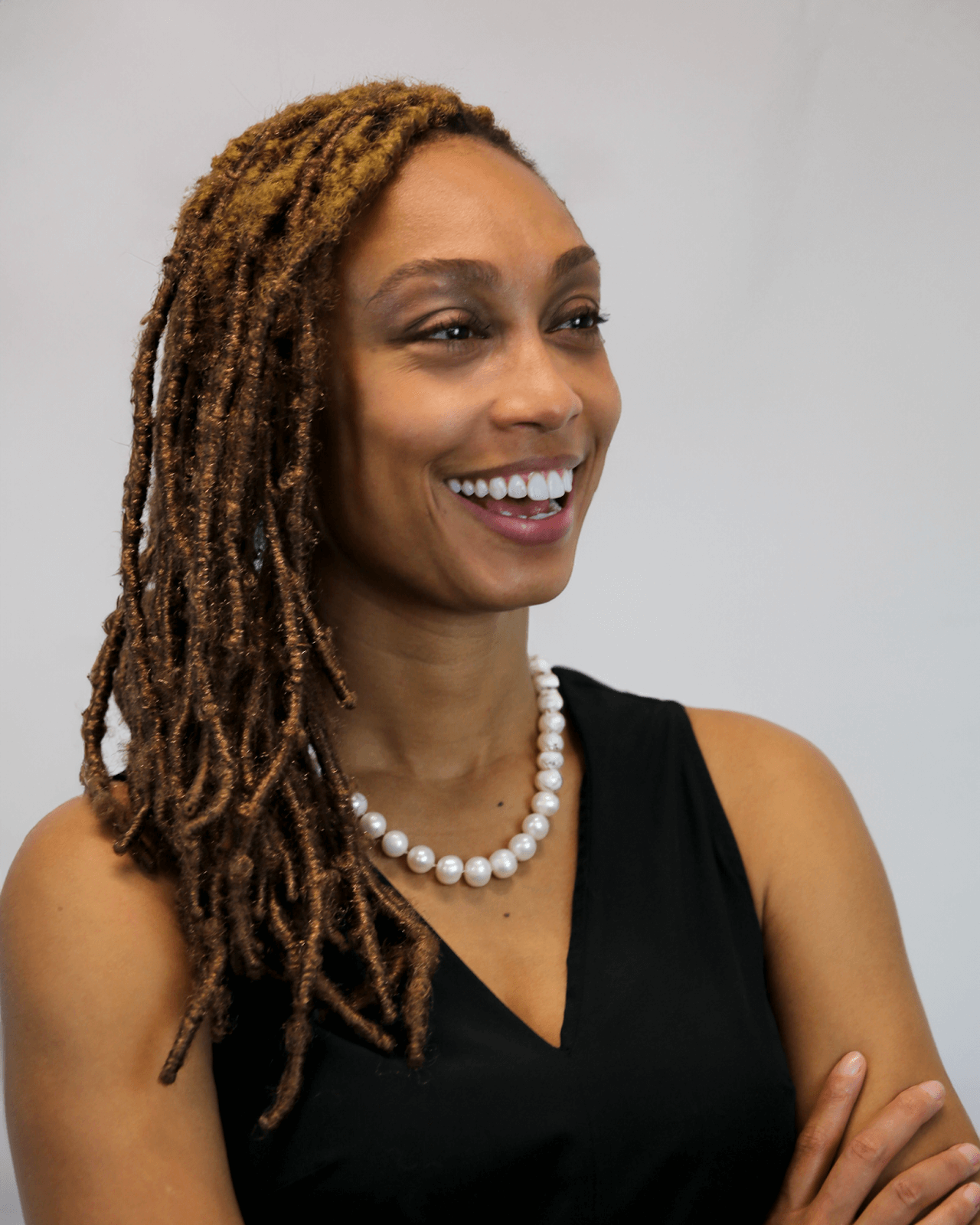People are not defined by their disabilities, nor should they be defined by any one aspect of identity. People are multidimensional and made up of a complex map of different factors. This February, for Black History Month, we’d like to share some insights about intersectionality in the disability world from some of our incredible non-profit partners.
Accessibility is not a black and white issue
Dr. Kimberly Barrington, the founder of 100 Shades of Diverse Abilities shares that her work is greatly impacted by intersectionality and that it’s important to maintain a racially inclusive mindset around the topic, rather than an exclusive one.
“With my lived experience as a Disabled “Systemic Advocate” for the last 10 years, I’ve had the privilege to lead grassroots and grass-top community conversation around access and accessibility. Because disability has “mastered” diversity, equity, and inclusion, and intersects with everything: age, race, ethnicity, ability, disability, gender, religion, culture, and sexual orientation; my conversations are racially inclusive versus exclusive.” - Dr. Kimberly Barrington

Showing up for people with disabilities in the Black community
Here are 10 ways to show up for people with disabilities in the Black community by Donna R. Walton, the Founder & President of Divas with Disabilities.
- Education and awareness: Increase awareness and understanding of the intersectionality of race and disability within the Black community. Educate others about the experiences and challenges faced by individuals who belong to both groups.
- Advocate for inclusivity: Advocate for the rights of individuals with disabilities within the Black community, and promote inclusive spaces, events, and activities that are accessible to everyone.
- Support organizations and initiatives: Support organizations and initiatives that focus on addressing the needs of individuals with disabilities in the Black community. This can include providing financial support, volunteering, or raising awareness about their work.
- Amplify their voices: Provide platforms for individuals with disabilities in the Black community to share their stories, experiences, and perspectives. Amplifying their voices can help raise awareness and promote understanding.
- Address systemic issues: Work to address systemic barriers and inequality that impact individuals with disabilities in the Black community. This can involve advocating for policy changes, increasing access to resources, and challenging discriminatory practices.
- Foster inclusivity in community spaces: Encourage community organizations, businesses, and institutions to create welcoming and accessible environments for individuals with disabilities. This can include providing physical accessibility, accommodating diverse needs, and promoting a culture of inclusivity.
- Engage in conversations about mental health: Address the stigma surrounding mental health in the Black community and promote open discussions about mental health and well-being, which can disproportionately affect individuals with disabilities.
- Support individuals and families: Offer support to individuals and families caring for a person with a disability in the Black community. This can include providing resources, offering assistance, and creating a network of support.
- Promote representation and diversity: Advocate for the representation of individuals with disabilities in the media, arts, and other platforms, and support diverse representation within the Black community to ensure that all voices are heard and valued.
- Listen and learn: Take the time to listen to the needs and concerns of individuals with disabilities in the Black community, and be open to learning from their experiences. This can help foster empathy and understanding.

True diversity is more than just checking a box
“The importance of representing the Black community in discussions about access and accessibility is paramount. Historically, systemic changes have often marginalized or excluded the Black community, leading to disparities and inequities. Involving Black voices in these conversations is crucial for creating a truly accessible and equitable world.
Supporting people with disabilities within the Black community requires a commitment to representation and diversity at all levels. It's crucial to ensure that the Black community is well-represented across various roles, including leadership, management, and blue-collar positions. True diversity is more than a checkbox; it's about valuing and integrating different experiences and perspectives.” - Ruby “SunShine” Taylor, Founder of Financial Joy School

Intersectionality plays a role in pursuing justice
The Fair Housing Justice Center is the only full-service fair housing organization in New York City and has vigorously fought the effects of decades of race discrimination and segregation.
“The FHJC’s accessibility rights work is intertwined with racial and social justice. FHJC operates on an intersectional model and much of our work exists at the intersections of disability and racial justice. Within disability justice and accessibility work, we oppose anti-Black racism and continue the fight to end housing segregation.” - Cass Sicherer, Disability Justice & Accessibility Legal Fellow, FHJC

Cultural Competence: A Personal Reflection
“In our ever-evolving society, the intersection between minority and accessibility rights is a pivotal narrative in the journey toward equal opportunities and inclusion for all, irrespective of their backgrounds or abilities. While we've made strides in destigmatizing discussions around disabilities and sexuality, a considerable gap remains when it comes to addressing the nuanced interplay between race and disabilities.
Growing up as a black girl, the cultural landscape I navigated rarely broached discussions about disabilities or led to diagnoses. Disabilities were often associated with visible and significant physical impairments, making them challenging to conceal. Even then, acknowledging these differences was fraught with embarrassment and discomfort. My exploration into this cultural dynamic deepened when I conducted research on ADHD within the black community a few months ago, revealing an unsettling sentiment: the perception that conditions like ADHD were somehow exclusive to the white experience.
This revelation prompted a crucial question about representation. When minorities fail to see themselves reflected in cultural narratives, a sense of alienation and unwelcome permeates. A negative connotation takes root, whispering that we are not valued and, by extension, we are undeserving of the same rights effortlessly accessed by our white counterparts.
The intersection between minority and accessibility rights calls for a holistic and inclusive approach. It demands a commitment to creating environments and systems that respect, accommodate, and celebrate the uniqueness of each individual. Only then can we ensure that no one is left behind or excluded in our shared journey towards a more equitable future.” - Dr. Lauren McClenney-Rosenstein, Neurodiversity Coach, Resilience Unlimited

Working towards a more inclusive future
We are proud and honored to partner with so many talented and ambitious black disability leaders and know that together we are working towards a reality that honors and includes everyone.
To hear from more black leaders in the disability community, check out the Spotlight Sessions below:


